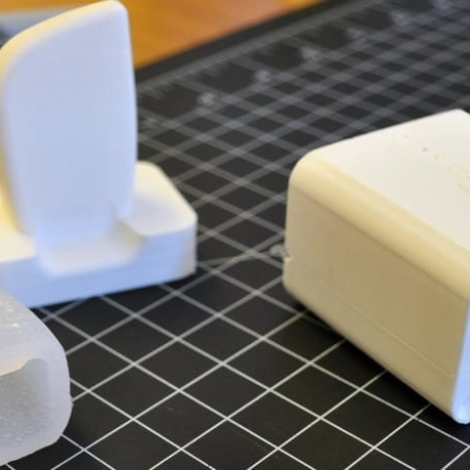Insight into Module Three in the four-step online course, Introduction to Engineering for Global Development
Design does not actually begin with a design. That is a common misconception in engineering for global development. Design that starts with a brainstorm in a workshop can lead to the so-called “solution in search of a problem.” That kind of design is common enough that the phrase has become a cliché among global development practitioners. And that is why “Design” does not appear in E4C’s course, Introduction to Engineering for Global Development until the third module in a total of four.
The first half of the online, self-paced course is dedicated to the Planning and Learning phases of product development. Putting pencil to graph paper or stylus to screen begins only after intensive preparation, research, surveys of the community that will use the product, discussion with financiers and donors, an understanding of local regulations and customs and many other steps.
When the time finally comes to create a design, the course’s third module lays out the steps from conceptualization to testing a prototype. True to the people-centered ethos, the first steps are to challenge your own assumptions about what is needed, and then to remain open to input and even criticism of the design as you create it.
The module progresses through practical advice for sketching, modeling and prototyping. Prototypes span the spectrum from low-fidelity proof-of-concept creations taped together from cardboard or foamcore, to high-fidelity minimum viable products that are assembled from custom parts that may be 3D printed, machined, welded, electronic and so on. (For more on prototyping, please see: Prototyping on a Budget with Ryan Vinyard at Highway1.)
With the first prototypes in hand, the designers learn to simplify, drop weight and cost, and then to test and ensure that the thing meets safety regulations.
These types of insights save time and resources. Even something as straightforward as a field test might have hidden obstacles for the newcomer. Sam Cocks at SELCO Foundation in Ujire in rural Karnataka, India, found that farmers had no patience for prototypes that looked like prototypes. Even if they worked perfectly well, a new farm machine seemed unappealing and even dangerous if it didn’t have a bit of polish. (For more on testing farm machine prototypes, please see The Grease Revolution.)
This module is a dense collection of practical advice and lists of techniques for creating a design from sketch to field tests. But, like the design process itself, this module begins halfway through the course. And it is not the final step. Far from it.
“I remember the first EGD projects I worked on. We were pretty good at the design part of the process, but horrible at everything else,” says Christopher Mattson, Director of the Design Exploration Research Group at Brigham Young University in Provo, Utah. Mattson was an expert adviser to E4C’s course.
“When it came to planning, our plan always seems to stop with a prototype tested in the field. This was not intentional. We could not envision what it would take to sustain a product or solution in a resource-poor setting. What was the result? It was lots of pretty cool ideas that we felt good about for a while, but soon realized hadn’t really helped anyone,” Mattson says. “To be successful in this complicated space, we have to think way beyond a working prototype. We need to plan for what it will take to sustain the product or solution, and we need to develop the right skills and partnerships to make it a reality.”
And that is the lesson in Module Four: Sustain. For more, please consider taking the course. The course is available on demand, free of charge to E4C members and completion qualifies for a Continuing Education Unit (CEU), which is equivalent to 10 Professional Development Hours. Start here.


I want to learn about mechanical and automobile.
i want infoabout that